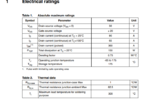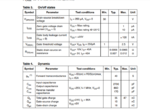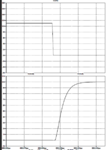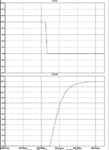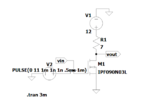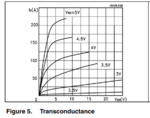thannara123
Advanced Member level 5
I am stauding the MOSFET caharcterstics ,
May I get a Desgin for a MOSFET based Switch for ON and OFF .
with least resistance and maximum current .
Where I start ?
I can choose any MOSFET so please help me?
May I get a Desgin for a MOSFET based Switch for ON and OFF .
with least resistance and maximum current .
Where I start ?
I can choose any MOSFET so please help me?
